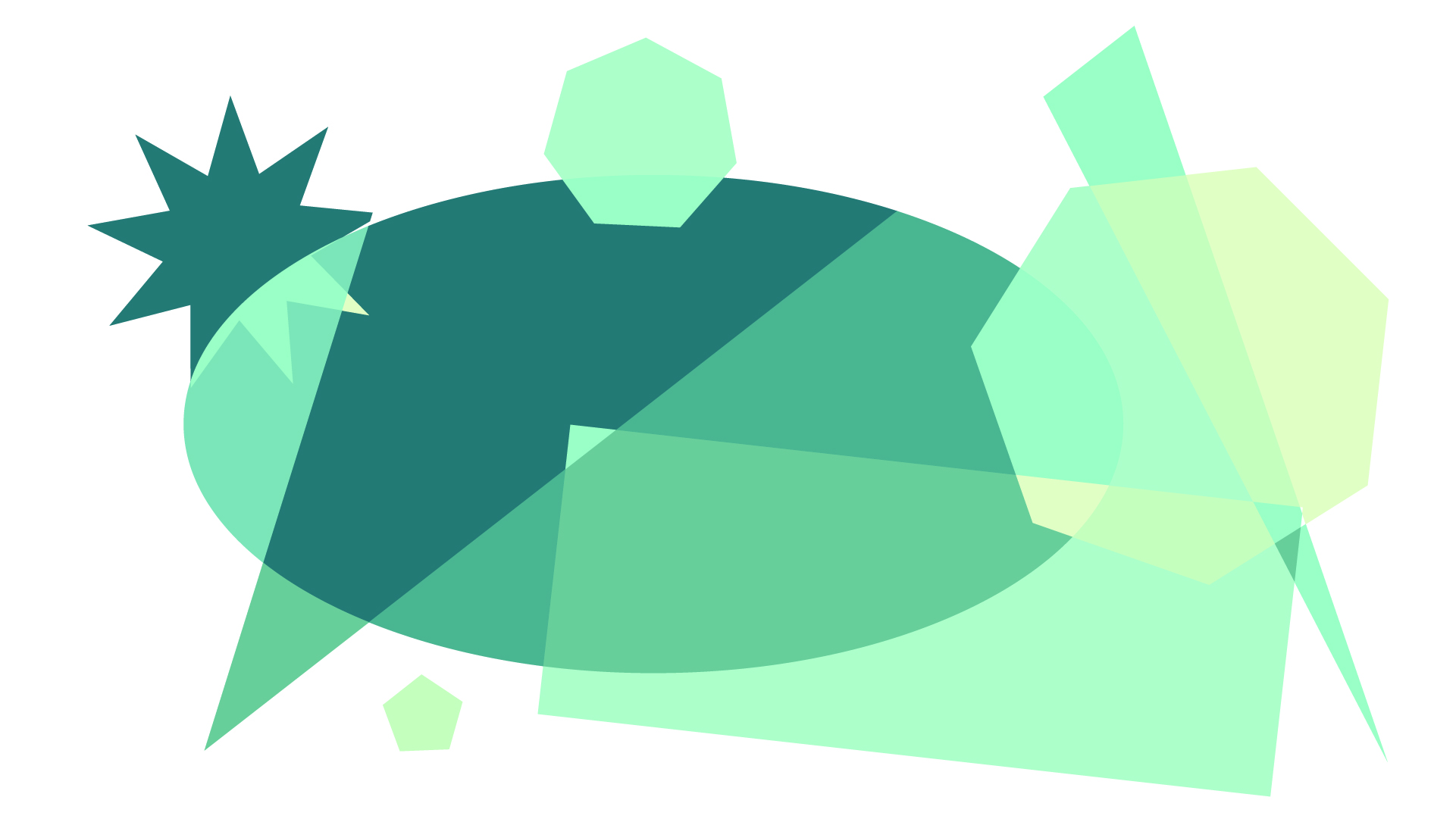
Introduction
In the narrative unit, we explored and improved our ways of telling and understanding stories, through visuals and writing. We created and read stories in English and Animation, and were introduced to new programs or learned different ways to utilize others for storytelling, such as Adobe Illustrator, Pro Tools, and Adobe After Effects.
What I think I valued most about the narrative unit was how it forced me to step out of my comfort zone and ignore my perfectionism at times. Out of fear of failure and difficulty, I often fail to do things I’m actually interested in, but this unit helped me step out of that. Though I think there are still improvements to be made to what I created, I’m happy I was able to create at all. I also learned different techniques, such as elements of storytelling and how to utilize audio, especially music and sound effects, and further learned how to edit audio using Pro Tools.
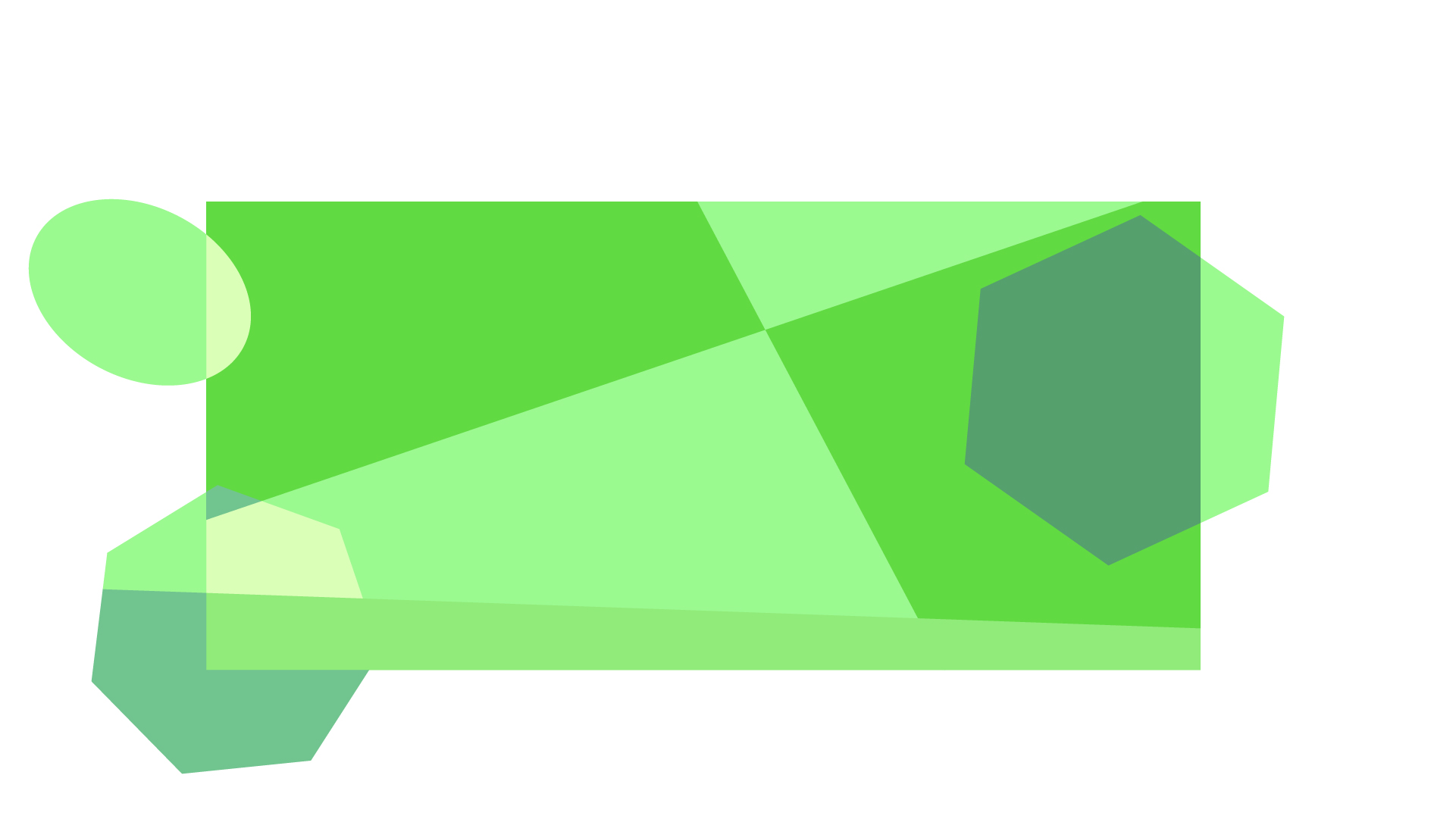
Story
The main English assignment in our narrative unit was to create a story in the style of flash fiction. This style is extremely brief, usually one to a few pages. Before beginning the writing process, we reviewed examples of flash fiction and learned to identify storytelling techniques and elements, and began planning out the story, responding to a character questionnaire and creating a plot map detailing the events of the story and the character’s growth.
I struggled a lot with the initial steps of this assignment—I had no idea what I wanted to write about, and wrote the first few paragraphs of a story I ended up abandoning. Eventually, though, I took the idea of will o’ the wisps, which I had been thinking about for a while regarding this project, and used that to write the story. Afterwards, we recorded ourselves reading our stories, edited the audio and added music and sound effects, and created cover art.
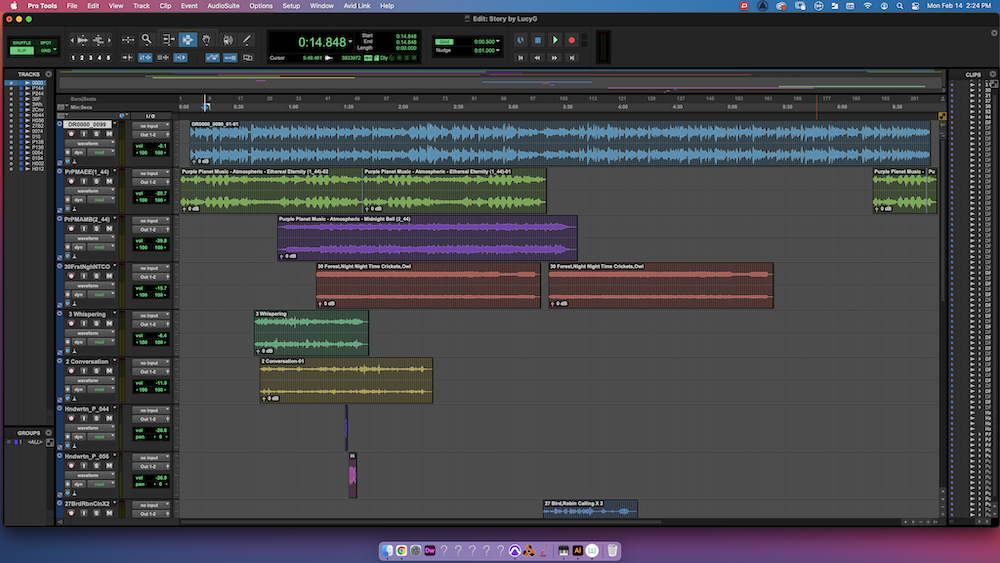
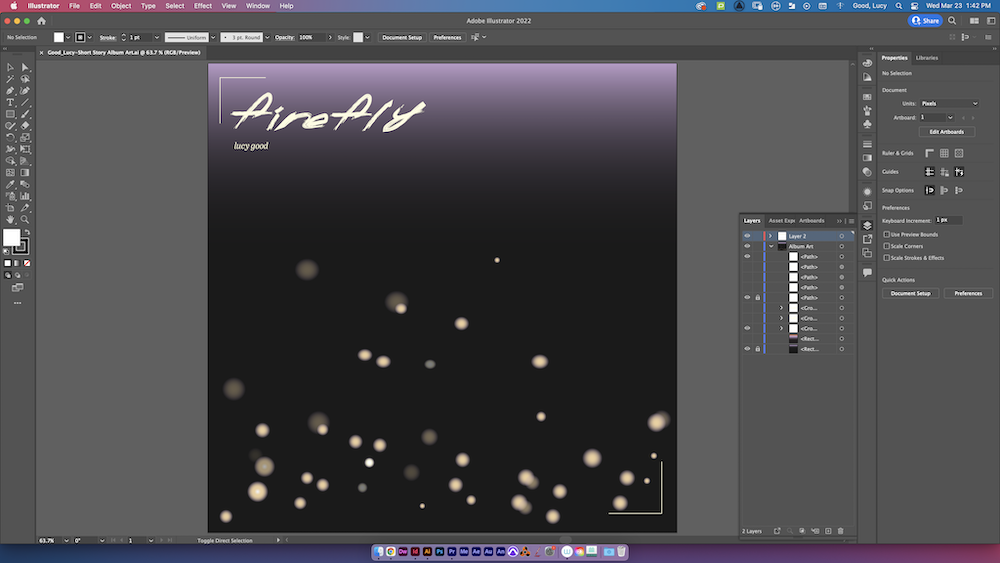
Firefly
“You’re never alone in the woods.”
I know, now, the purpose of the mantra, regardless of its variation in whispers from children in school or vaguely ominous utterances from teachers or parents. Either way, to inspire some sort of fear, that which those older than us would use to keep us from things we had no knowledge of, and that which our peers, in their naive mischief, would try—and, to our own proud, lion-hearted chagrin, often succeed—to instill a child’s fear; that is, wonder.
But in those single moments, in hushed whispers or conspiratorial giggles or half-hearted reminders which spoke of a principle seeming strangely long instilled, something small would happen in me, simultaneously solipsistic in its rapidly isolating effect, and wordlessly aware of something likely beyond any of our knowledge, regardless of our age. Though clocks continued their ticking and people their chatter, time would briefly cease to be, and a deep part of my psyche would blink—then, fragile as a flame blown out, would disappear, and time would pick back up. And, every night, as the sun set on its way down and a darkening blanket was draped over the sky, they would appear to me; fragile dots of flashing, blinking white.
Easy to draw, even for my small, stubby hands, guided by my grandfather’s shaky, paper-skinned ones; easy to draw even as he painted worlds and people and stories about the lights, welcoming themselves into my dreams as I drifted off to the lull of his voice.
But much easier, instead, to recall, in the decreasingly tumultuous days, then weeks, and months, and years after my grandfather’s tiny, misty farm just off of town became quietly void of its last human resident, gone to the woods and their dancing will o’ the wisps.
So regardless of whatever they may have made me feel—made me see—as I grew older, rationality formed and the lights disappeared.There was—is—no eldritch thing in the woods, no faeries looking to spirit me away or ominous black Grims. No more grandpa, or looking at made up things in the trees.
So, with each passing night, in the newly occupied house, I can’t help but find myself wondering what, exactly, are the things I see in those woods.
Maybe, I think sometimes, it hasn’t been long enough. I spent too much time listening to people’s ultimately meaningless fantasies, had heard of too many isolated incidents of people wandering off to the treeline to never return, for me to go the first few nights—much less alone, much less in the old, creaky farmhouse my grandfather had disappeared from. But this seems less and less likely as the nights trudge along, and with them come the dazed, floating starlike pinpricks of light that dance to the rhythm of the wheedling breeze.
Any alarm I felt at their apparent presence quickly faded away to vague thoughts in the pale gray light of the morning, and after the sun has slipped below the horizon, I find myself observing them with resignation.
Strange, I think, for something that had such an effect on me in my childhood. But maybe that’s normal—even inevitable, isn’t it? For the magic of childhood to be replaced. Replaced by work, and frustration, and discarded canvases piling up with each failed attempt.
Yet their presence alone, and the pull they have regardless, as much as I wish to not admit it, proves this at least somewhat false. So I start to take a more neutral approach, neither ignoring or intimately surrounding myself with them; instead, approaching them with an objective intrigue, that of a botanist or zoologist. I start drawing them.
I collect—reclaim—my eclectic stock, once a reminder of my increasing failures—hot-press, cold-press, rough-piscia, torchon and grossa, then encaustic-gouache-acrylic to be spread with fans-and-brights-and-filberts-and-liners, splattering on canvas and paper and skin and splintering-bleached wood. I try new things every night—sometimes I take a splintery fan brush coated in thick oils to flick in circles, or a round filbert brush to blot on bits of pale blobby gouache, most of the time I try a multitude of other things. The canvases and sheets and sketchbooks begin to pile up, soon also filled with portraits of the farm animals, and soon, what I saw with alarm faded to a comfortable routine.
I begin to realize, not even knowing I hadn’t been before—though worries still plague me occasionally, rational and not, and I deal with the difficulties of rearing young animals and the small, random tragedies I’ve now learned nature brings; I’ve begun to consider myself truly happy.
I think this is why one night was different; suddenly, it seemed, but probably to be expected looking back. Why, I’ve learned, they’re not malicious; confused, perhaps.
Why they come to me one night.
They approach me, slowly, then in flickering droves; near frozen, I turn my head, observing the galaxies floating around me in lazy elliptic curves, as they observe me likewise. A few light on me, tickling my eyelashes and nose; and, silently and drowsily as they came, regroup and then disperse, fading and blinking away, returning to the misty grove they had resigned themselves to long ago.
The tales were right; I’m never alone in the woods; nor on the misty farm off of town, cycling through residents and observers alike. I wonder, now, if my grandfather sees me from those woods; whoever else is in there, too.
I think I’m best off not knowing for now. But I like to believe he does; as I believe that, in the distant future, guiding young hands across canvases with shaky, paper-skinned ones, I, too, will one day leave the farm quietly void of its last human resident.
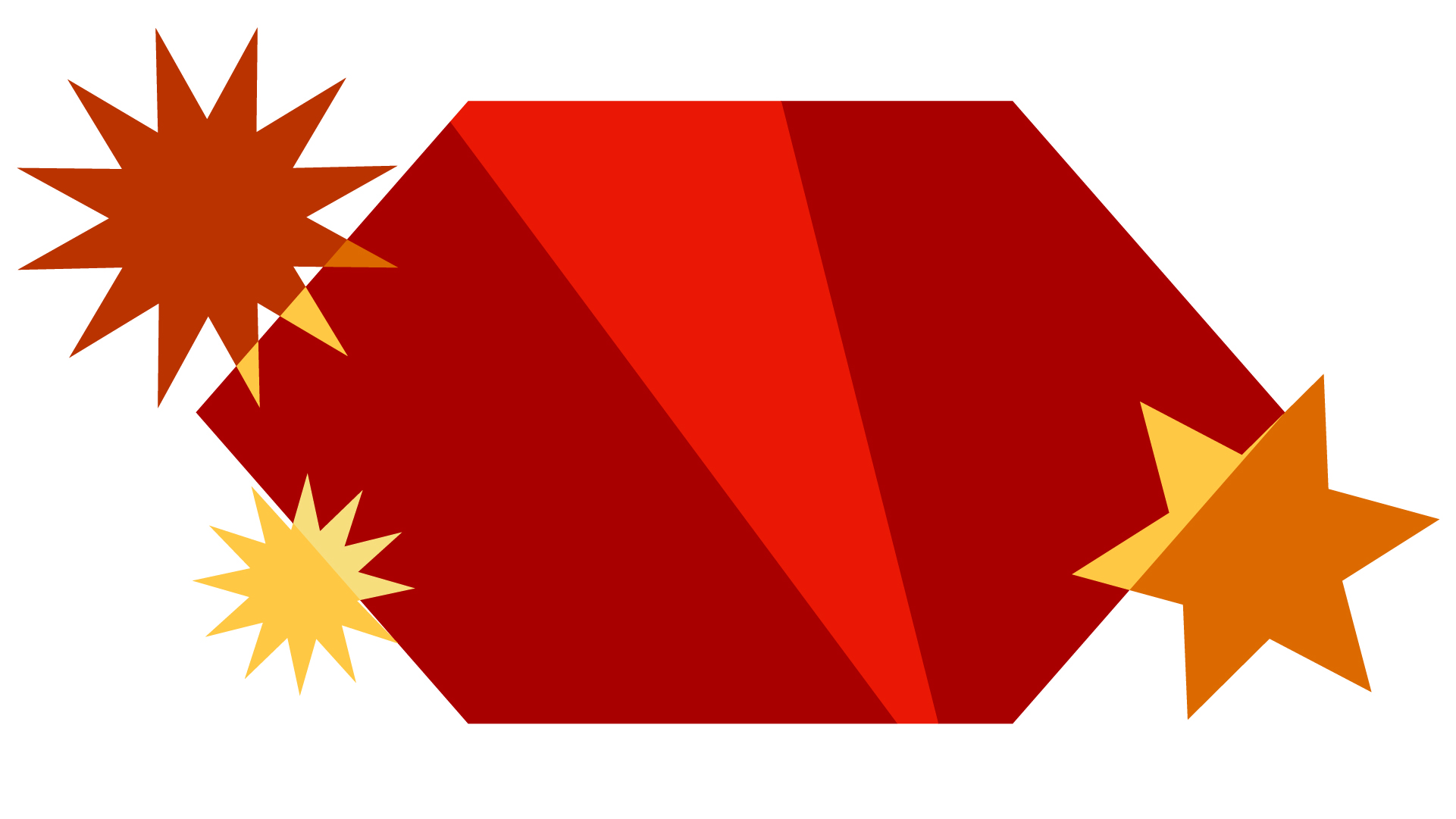
Illustration
Along with Pro Tools and Abode After Effects, we also learned how to use Adobe Illustrator in the narrative unit. The goal of the Adobe Illustrator Project was to design something using the skills we had learned in Digital Media, which we would be able to have as a physical object. We were given multiple different choices, including candle shades, stickers, personal illustrations, clothing art, patches, and many others. I chose to create stickers depicting some of my favorite flowers, lily, lily of the valley, and angel’s trumpet.

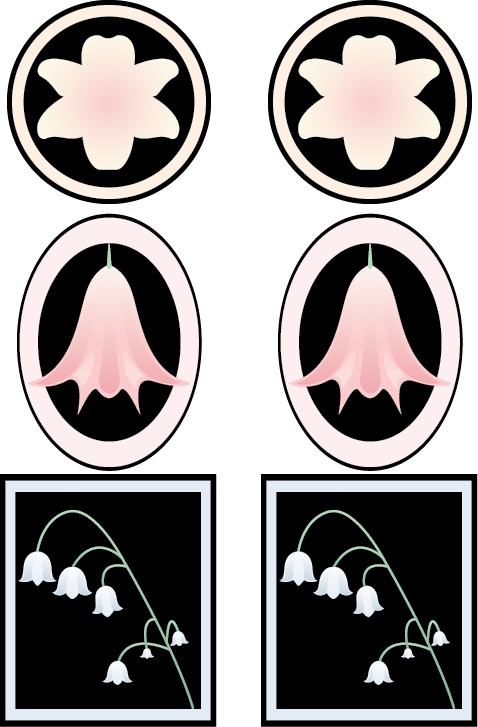
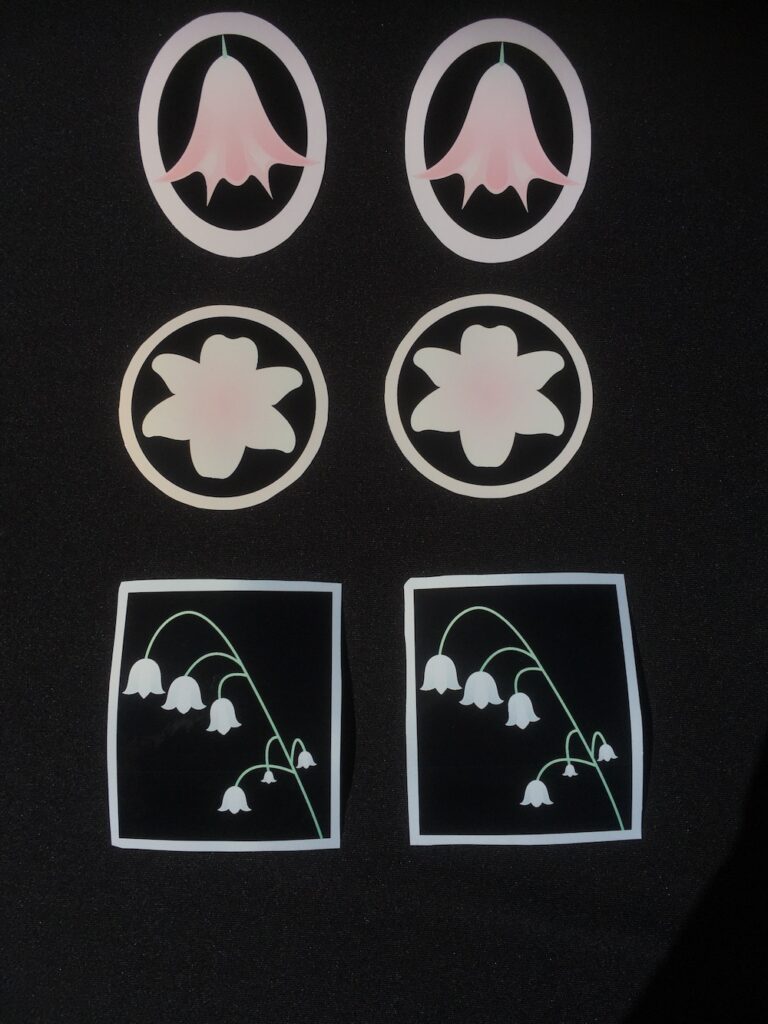
Artist Statement
When I was originally presented with this project, my immediate first thought was what I ended up doing—stickers of different flowers. Since this was my first idea, I tried brainstorming some other ones, but after looking at different flowers I liked, I was more inspired and went back to my original idea, choosing three flowers: lily of the valley, lily, and angel’s trumpet. Doing the sketches for these wasn’t difficult, but I started facing challenges upon actually working in Illustrator. Initially, I used a combination of the pen and brush tools for lineart, with gaps in between some lines. However, this made coloring much more difficult, as live paint wasn’t an option, so I tried closing the lines. I didn’t like the look of this either, but I was eventually able to settle on something I did like—I removed all of the strokes and went lineless, with minimal gradients as shading.
Overall, I’m happy with the results, but I wish I had had more time to add shading to the lily specifically, and had made the shading on all of the stickers darker, as it’s harder to see on the finished product. Still, although I was hesitant to do it at first I’m especially happy with this shading, as well as the colors, and I’m glad I was able to utilize my Illustrator skills to further improve and create something I’m proud of.
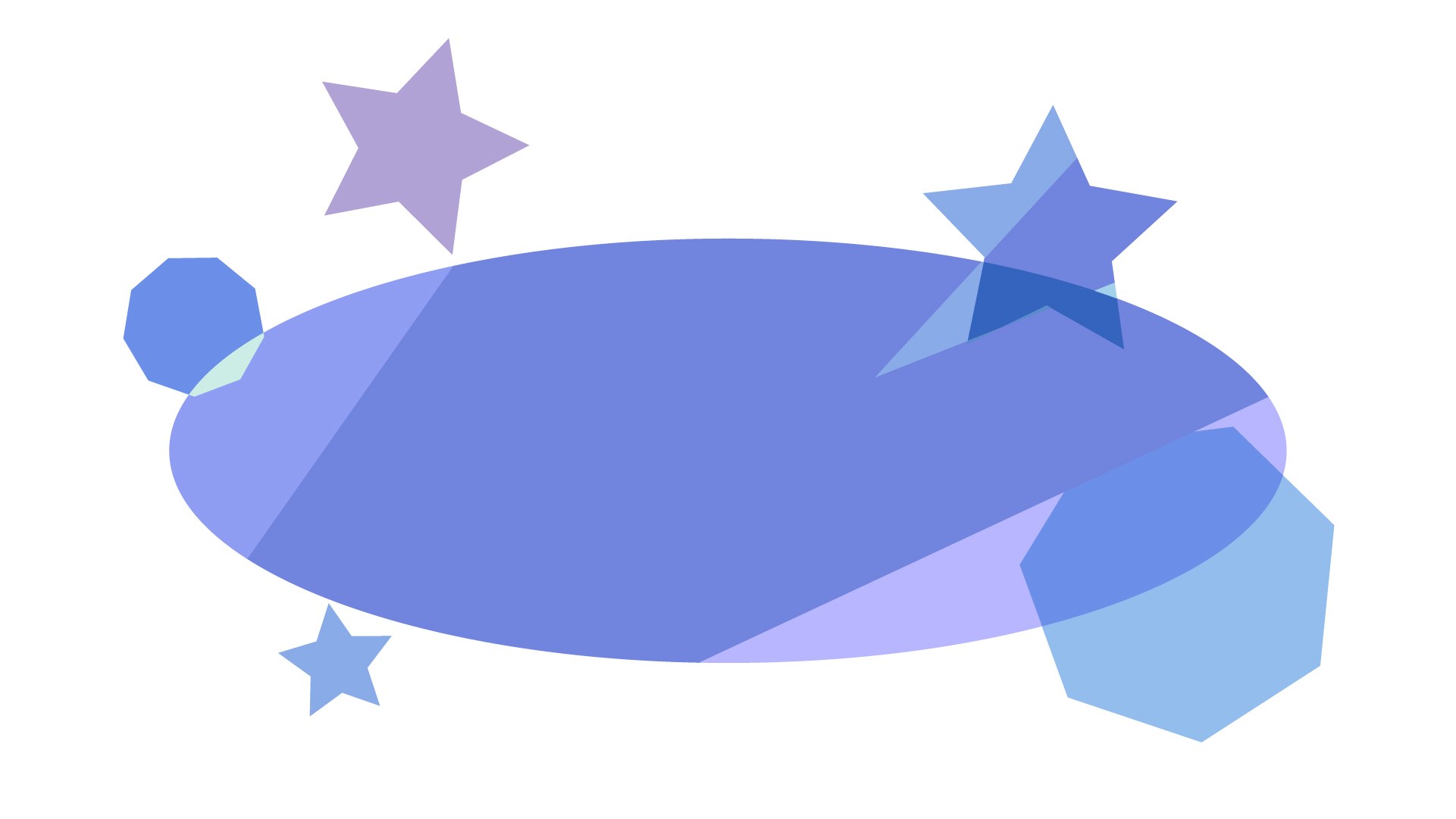
Animation
For our first few animation projects in the narrative unit, we focused on similar things as we did in the conceptual unit—building our skills in different aspects of animation through individual assignments. These led up to the final assignment of the unit, which was creating a short narrative animation in 4-person groups.
Puppet and Walk Cycle Composition
For the first assignment in the unit, we created puppets and ultimately animated a stop-motion walk cycle using Dragonframe. Before creating the physical puppets, we made character bios for reference. To make the puppets, we used wire and plastic for the skeleton, clay for the face, hands, and feet (in my case, hooves), and whatever fabric and other materials we could get or were available in the classroom for hair, clothing, and other parts.
This assignment was part of an overall project, where we would create two walk cycles, one stop motion with the puppet and one digital, to combine together in After Effects and create a composition.


For my puppet’s hair, I used yarn; for her horns, I used paper colored with oil pastels; and for her ears, I used brown felt. Since her legs were exposed, and weren’t covered by clay, I wrapped them in tape and white fabric. For her clothes, like most other people, I used regular fabric. In my case, it came from cut up t-shirts sewed together (with help. thanks emma).
Digital Walk Cycle
The digital walk cycle was the second part of the walk cycle composition project. This was our first time creating animation digitally, as opposed to physically (physical drawings, objects, etc.), and we used Photoshop. In Photoshop, there are two different ways to animate, and I chose frame by frame, where you add different frames by choosing the layer (drawing) you want to be visible. For the digital walk cycle, we were given a reference of each frame of a typical walk cycle. We could use either the same character we had used for the puppet animation, or a different one—I chose to use a different one.

Walk Cycle Composition
The walk cycle composition was the final part of the overall project, in which we combined our digital and puppet walk cycle animations in After Effects and added a background. While the digital walk cycle was easy to import into After Effects, as the background was automatically transparent, for the puppet walk cycle, we had to rotoscope. In animation in general, rotoscoping is the process of tracing over frames of real life footage to create an animation, but in this case, rotoscoping was the process of outlining the puppet in each frame of the walk cycle using the provided tool; ultimately, to erase the background and include only the puppet, so the background we chose would be visible. After collecting and importing the assets (both walk cycles and a background), they were all put together in After Effects, had their timing adjusted (since the puppet was much slower than the digital animation), and had royalty free music added.

Lip Sync Animation
For this assignment, we had to find an audio clip of someone speaking at least 10 seconds long to create an animation to sync up with. We created our assets—different drawings of mouth shapes for each noise that would be made, plus any other parts that would be moving and the base drawing—and synced the mouth shapes up with the audio we chose in After Effects.



Visual Narrative Animation
This assignment was by far the biggest project of the year—instead of creating short animations to develop our skills, we made entire narrative animations, about 1-3 minutes long, in groups of four.
After some deliberation, we decided ours would be about a lonely witch who, in the days leading up to Valentine’s Day, attempts to summon a girlfriend, and fails miserably each day, until Valentine’s Day itself. After deciding on the plot, we began the design process for the characters.



















We each animated our own separate day, and animated the last day together. We put all the clips together and added music and sound effects in After Effects. For the end credits, we each decided to make an illustration.